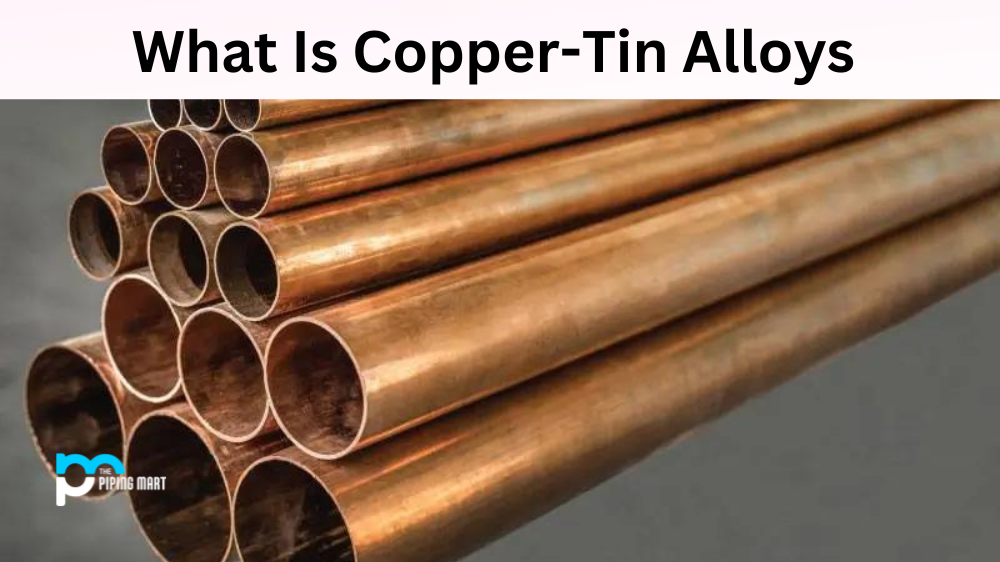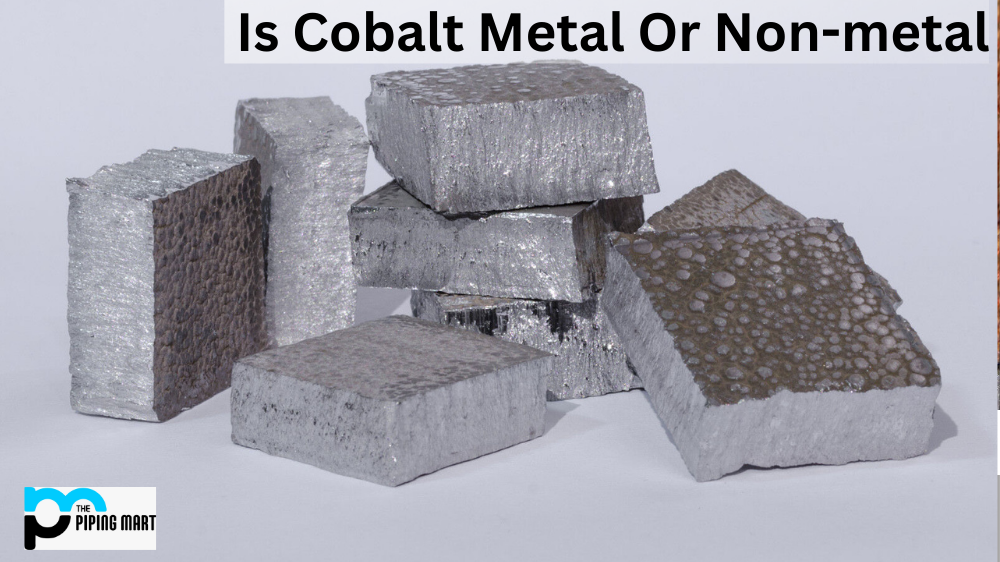Copper-tin alloys (or bronzes) have been used for centuries for a variety of purposes, from making jewelry to creating tools, weapons, and sculptures. These alloys are made by combining copper with tin in varying amounts, depending on the desired properties of the final product. Let’s take a closer look at what makes these alloys so special.
What Makes Copper Tin Alloy Special?
The main benefit of using bronze is its strength and durability. When copper and tin are combined in an alloy, the result is a stronger material than either copper or tin alone. This strength makes it the perfect material for items such as tools, hardware, and sculptures that need to withstand wear and tear over time. The malleability of bronze also makes it ideal for creating intricate shapes, which is why it has been used for millennia to create artworks such as sculptures and jewelry.
Copper Tin Alloy composition
Copper-tin alloys, also known as bronze alloys, have been used extensively for centuries in manufacturing and engineering applications. These alloys combine the desirable properties of both metals to create a durable and corrosion-resistant material that work well in several industries. Depending on the amount of tin present in the alloy, it can vary from being quite hard and brittle to soft and malleable. This range of characteristics makes it suitable for use in a variety of items such as tools, coins, and architectural components. Copper-tin alloys are made up of 90–95% copper and 5–10% tin, forming an intricate matrix structure consisting mainly of two types of intermetallic compounds known as alpha-brasses or alpha-bronzes. Making up this matrix helps strengthen the alloy’s properties even further due to its stainless ability nature along with good strength properties which is why this type of alloy is so widely used within modern industry.
Copper Tin Alloy Properties
Copper tin alloy (Bronze alloys) can be divided into two categories—high-tin bronzes, where the tin content is greater than 10%, and low-tin bronzes, where the tin content is between 0% and 10%. High-tin bronzes are known for their strength and corrosion resistance, while low-tin bronzes are known for their malleability and flexibility. Depending on your needs, you can customize your alloy by adjusting both the amount of tin in your mixture as well as the temperature at which it is heated to obtain different properties.
Copper Tin Alloy Uses
Bronze alloys have countless applications thanks to their strength and malleability. They have been used in many industries throughout history—from creating coins to making musical instruments like cymbals or bells. Modern times, they are still commonly used in manufacturing industries such as aerospace engineering or automotive engineering due to their weight-to-strength ratio. In addition to industrial applications, bronze alloys can also be used for decorative purposes, such as creating sculptures or jewelry.
Copper Tin Alloy Types
Bronze
Bronze is an alloy of copper and tin that has been used for centuries to make a variety of objects, from statues to coins. Bronze is an incredibly strong and durable material, and it can also be highly polished to give it a beautiful sheen.
Brass
Brass is an alloy of copper and zinc that has a similar appearance to gold. Brass is often used in musical instruments, as it has a very mellow tone when struck. Brass is also used in a variety of decorative objects due to its attractive appearance.
Gunmetal
Gunmetal is an alloy of copper, tin, and zinc that is used in the construction of firearms. Gunmetal is very strong and resistant to wear, making it an ideal material for use in guns. The high zinc content of gunmetal also makes it very resistant to corrosion.
Cupronickel
Cupronickel is an alloy of copper and nickel that is often used in the construction of coins and other objects that need to be resistant to corrosion. Cupronickel is also sometimes used in the construction of musical instruments, as it has a similar appearance to silver.
German Silver
German silver is an alloy of copper, nickel, and zinc that has a white color with a slight bluish tint. German silver is often used in the construction of jewelry and flatware due to its beautiful appearance. German silver is also resistant to corrosion, making it a good choice for use in objects that will come into contact with water or other liquids.
Alpaca Silver
Alpaca silver is an alloy of copper, nickel, and zinc that has a similar appearance to sterling silver. Alpaca silver is often used in the construction of jewelry and flatware due to its beautiful appearance
Conclusion:
Copper-tin alloys (or bronzes) have been used since ancient times for a variety of purposes due to their unique combination of strength, durability, and malleability when compared with other metals or alloys. By adjusting both the amount of tin included in your mixture as well as the temperature at which it is heated during manufacturing processes, you can customize your alloy’s properties depending on its intended purpose—whether that’s creating sculptures or aerospace parts! Whatever you need an alloy of copper and tin for, this overview should give you an idea of why this combination has been so popular throughout history!

Pipingmart is a B2B portal that specializes in metal, industrial and piping items. Additionally, we share the latest information and information about materials, products and various types of grades to assist businesses that are involved in this business.




